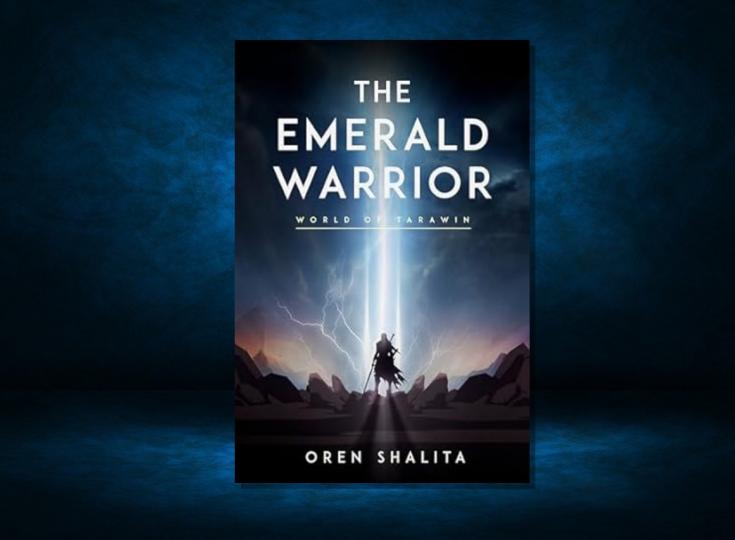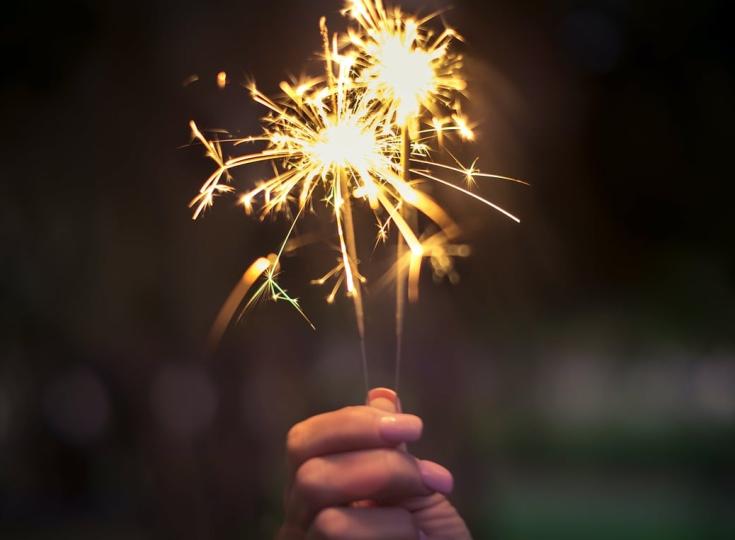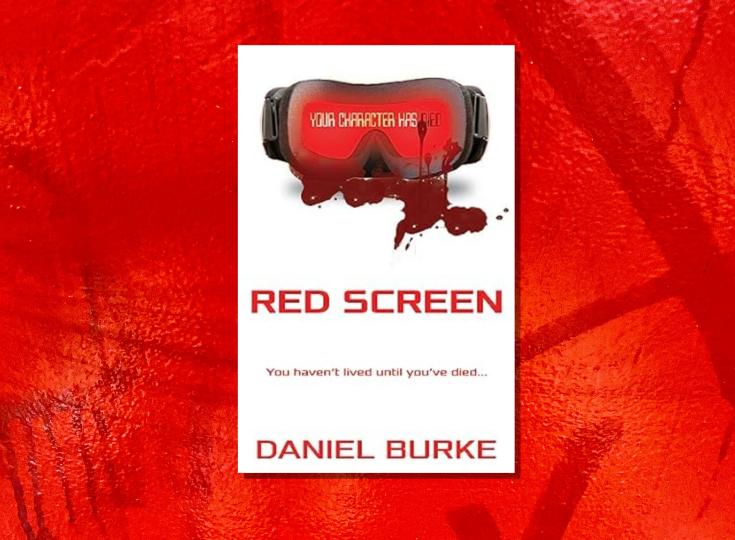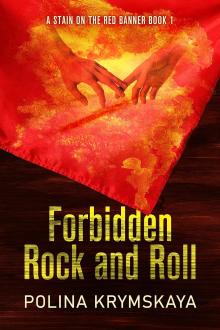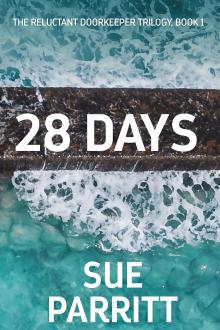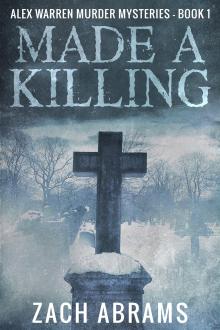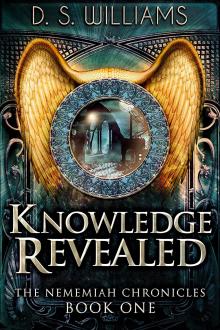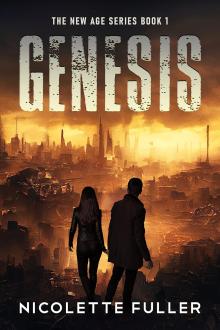The 20 Most Amazing Universes Created By Authors
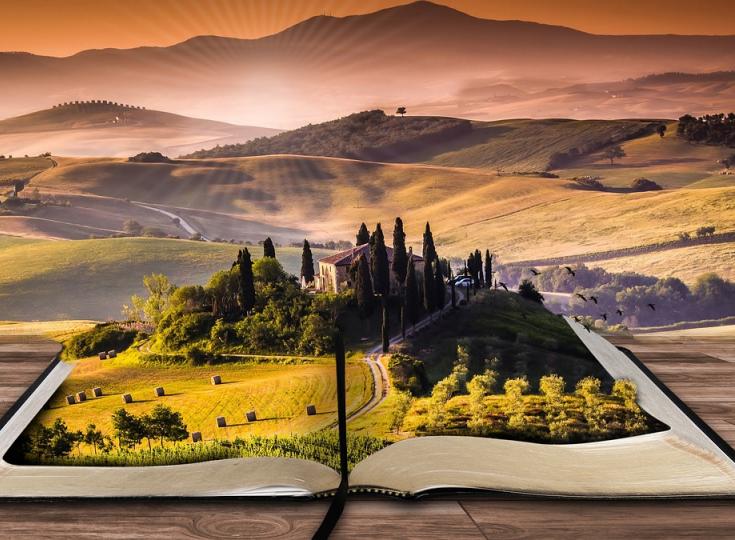
Thanks to the imagination of skilled authors, even books set in the real world can be filled with mysteries and intrigue. However, some authors are not content with simply creating characters, but prefer to also re-imagine the world's that they inhabit. The following list highlights some of the amazing universes conjured up by talented authors who were not afraid to dream big.
1. The Dune Universe by Frank Herbert
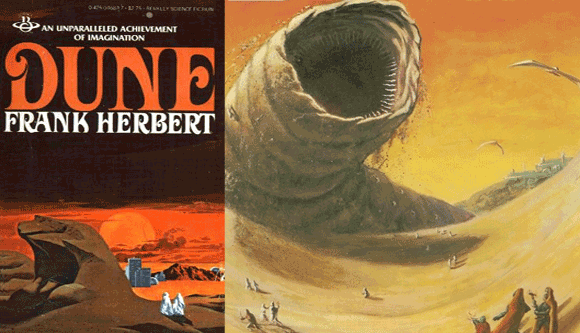
Frank Herbert set his stories in a far flung future universe where the use of artificial intelligence have been outlawed. It is also a universe where spice, found only on the desert planet of Arrakis, is the most valuable substance. His universe has a rich history that spans thousands of years and covers everything from technology to social structures in great detail. One of the most memorable elements of this universe are the giant sandworms found on Arrakis.
2. The Lord of The Rings Universe by J. R. R Tolkien
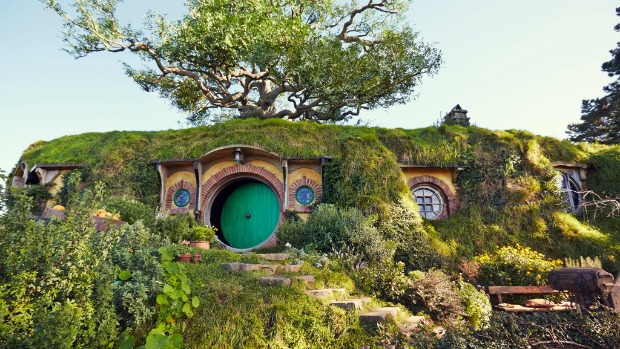
Set mostly on the continent of Middle-earth, on the world of Arda, the stories created by J. R. R. Tolkien are packed with detail and imagination. Not content with only creating different locations, races and historical events for his universe, Tolkien went as far as inventing his own languages for the books.
3. The Narnia Universe by C. S. Lewis
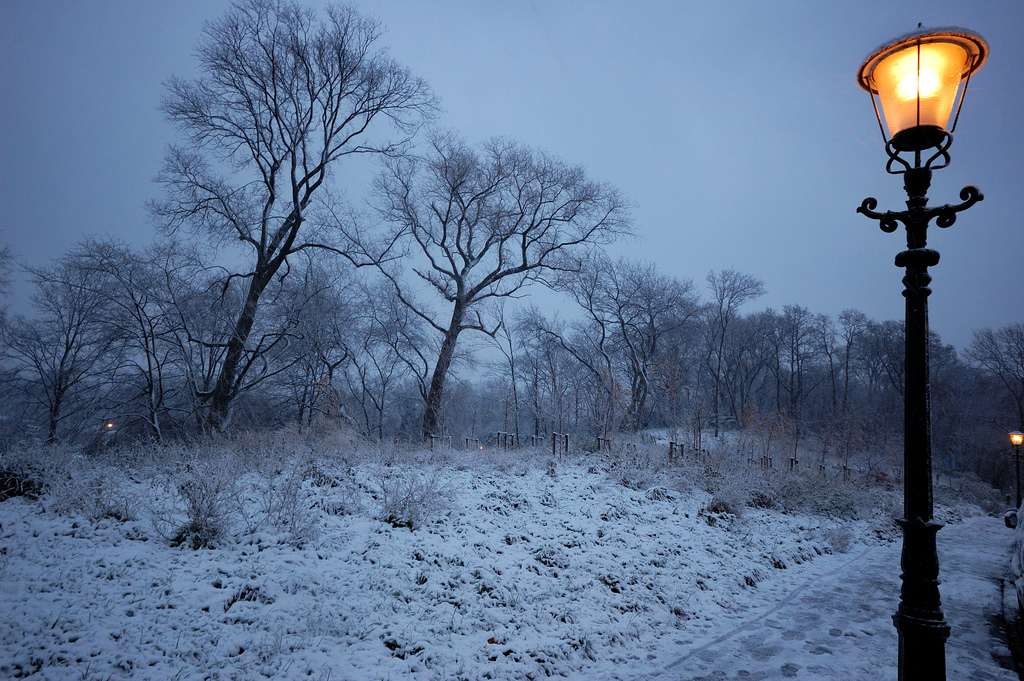
The Narnia universe created by C. S. Lewis has ties to our own world and is often entered by children from Earth. Narnia is an imaginative place where magic is common, mythical beasts can be found and many animals have the ability to talk. In fact, Narnia is such a wonderous place that even the stars are sentient beings.
4. The Wonderland Universe by Lewis Caroll
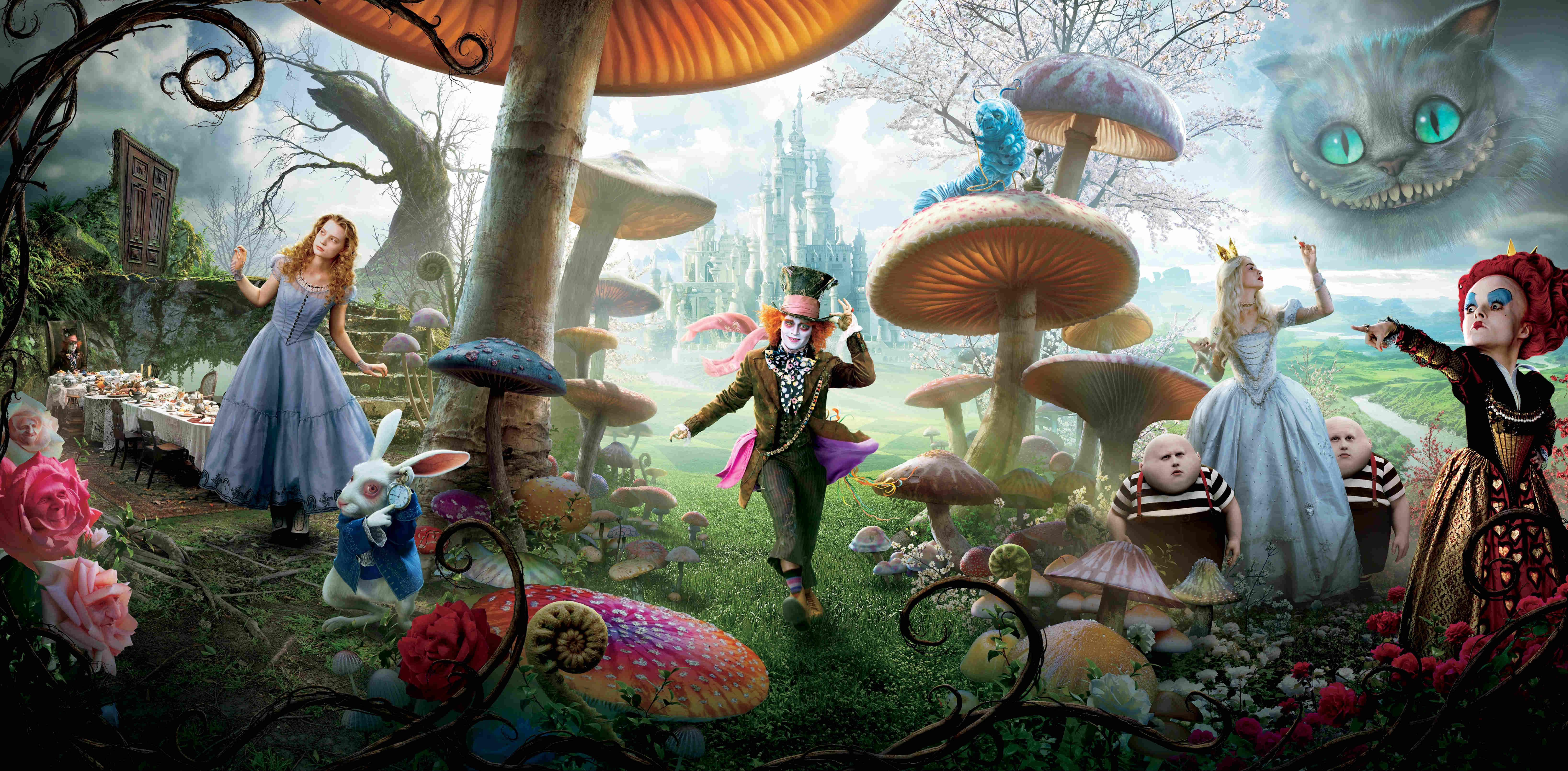
Filled with talking creatures and inhabited by sentient playing cards, Wonderland certainly lives up to its name. From the Hookah-Smoking Caterpillar to the Cheshire Cat with its mischievous grin it is a universe that is filled with memorable characters. Th e Wonderland universe is also where Looking-Glass Land, home to Humpty Dumpty and Tweedledum and Tweedledee.
5. The Discworld Universe by Terry Pratchett
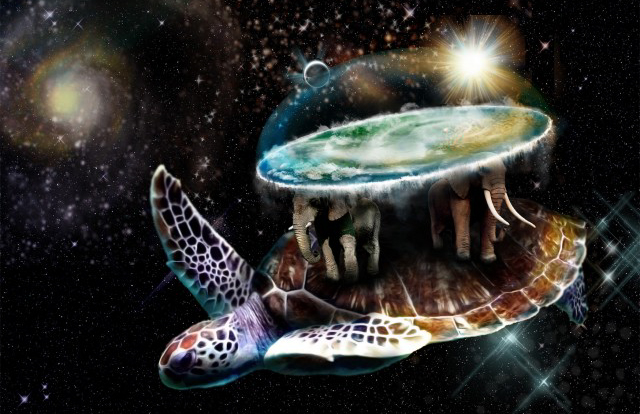
While most authors stick to the fact that planets are round Terry Pratchett bucked the trend with his Discworld Universe. Instead, his stories are set on a world that consists of a large disc being held aloft by four giant elephants. The elephants in turn stand on the shell of a massive turtle as it swims through space. This means ships can actually "fall off" the edges of the world. In Discworld "Death" is also a sentient character along with all manner of other fantasy creatures.
6. The Shannara Universe By Terry Brooks

The universe of the Shannara series by Terry Brooks appear to be your typical high fantasy setting, but it is actually set on an Earth where a chemical and nuclear holocaust destroyed most of civilization. Humanity slowly built itself back up to a pre-industrial state, but in addition to science it is also a world where magic had re-emerged. It is also a world where elves, trolls, dwarves and gnomes can be found along with humans.
7. The Universe of Oz by L. Frank Baum

Oz was not the only universe created by L. Frank Baum, but it was certainly one of his most imaginative and popular ones. Oz is set in a universe where magic is real and all kinds of wonderful creatures dwell. Strangely enough, Oz is not set in a different dimension or dream world, but is actually located on Earth. The only reason why it hasn't been found yet is due to the fact that it is surrounded by a magical desert where any living thing is instantly turned into sand.
8. The Culture Universe by Iain M. Banks
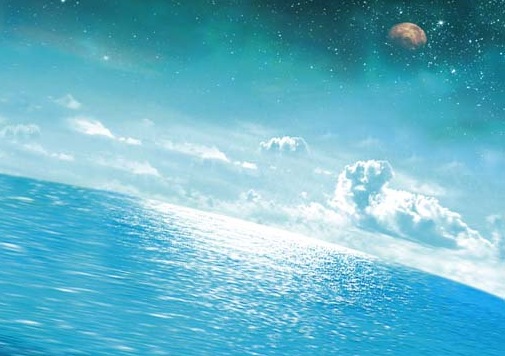
In the science fiction universe created by Iain M. Banks for his Culture series of novels, the inhabitants prefer to live on huge space ships or vast artificial worlds instead of planets. It features a symbiotic society where humanoids, alien species and artificial intelligences all share equal status and money is not required. It is also a universe where technology is so advanced that it is indistinguishable from magic and t he planet sized space ships all have whimsical names.
9. The Xanth Universe by Piers Anthony
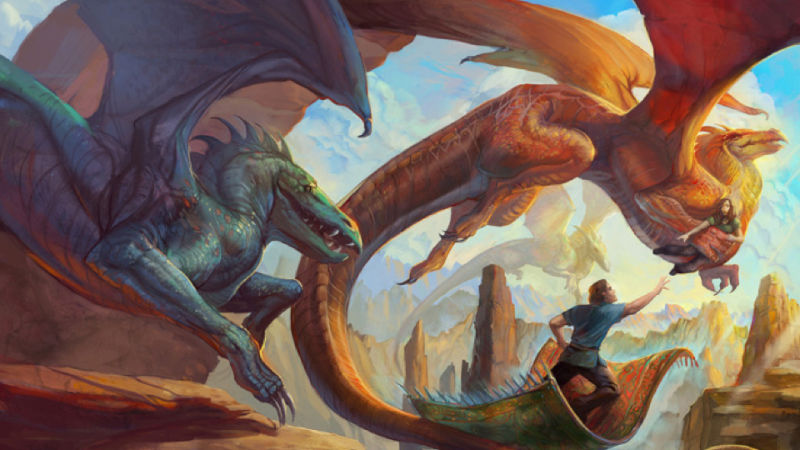
The Xanth universe by Piers Anthony is home to demons, dragons, nymphs, zombies, gargoyles and all manner of other fantasy creatures. Iti s also a universe where humans are all born with a unique magical ability each. The inhabitants of Xanth can cross over to our own world, which they refered to as Mundania, at will, but Xanth does not appear to have a fixed location in time and space. This results in "Mundanes" from different locations and time periods stumbling into Xanth from Earth.
10. The Riftwar Universe by Raymond E. Feist
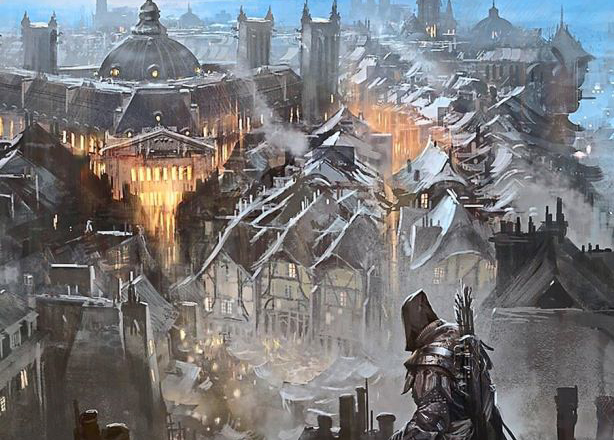
The depth and detail of the universe that Raymond E. Feist created for his Riftwar books has caused the author to liken himself to a historical novelist instead of a fantasy writer. He describes his books as historical novels about a place that doesn't exist and while it contains familiar elements like humans, elves, dwarves and magic it is also a universe where rifts in space connect different worlds to each other.
11. The Multiverse Universe by Micheal Moorcock
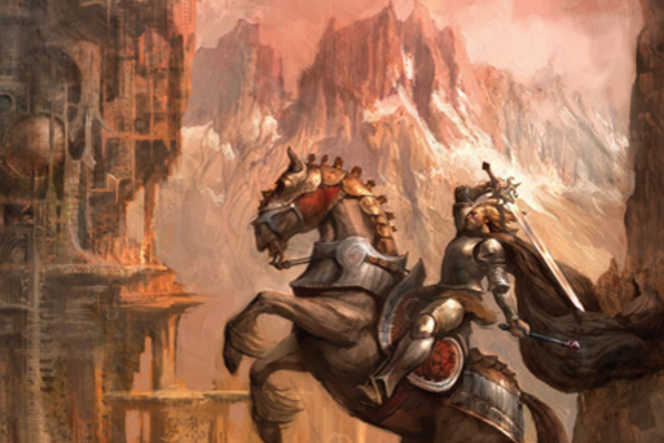
Instead of a single universe for his science fiction and fantasy novels, author Michael Moorcock created a series of parallel universes. In this multiverse there are numerous different versions of Earth, all set in different eras, histories and even sizes. With multiple dimensions and multiple versions of characters things can become a little confusing, but his books remain entertaining and imaginative.
12. The Revelation Space Universe by Alastair Reynolds
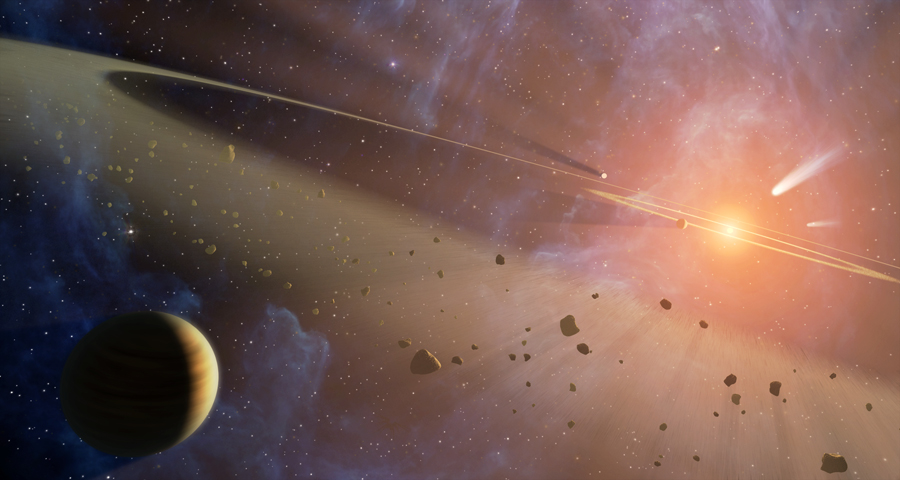
The Revelation Space Universe shares many similarities with our own, but is set in a future where humans share space with numerous extraterrestrial species. Typical science fiction tropes, such as faster that light travel, is absent and the universe is quite a hostile space for intelligent life. In the books humanity has to deal with various threats to their existence, including a nanotechnological virus capable of destroying all other nanotechnology it touches.
13. The Well World Universe by Jack L. Chalker

The setting for the Well World series by Jack L. Chalker is an artificial planet created by an ancient alien species. The planet is also a reality-shaping computer that was used by the aliens to begin evolving anew after transforming some of their members into new species. The surface of the world is divided into numerous hexagonal regions, each serving as a prototype environment for planets that exist elsewhere in the external universe.
14. The Song of Ice and Fire Universe by George R. R. Martin
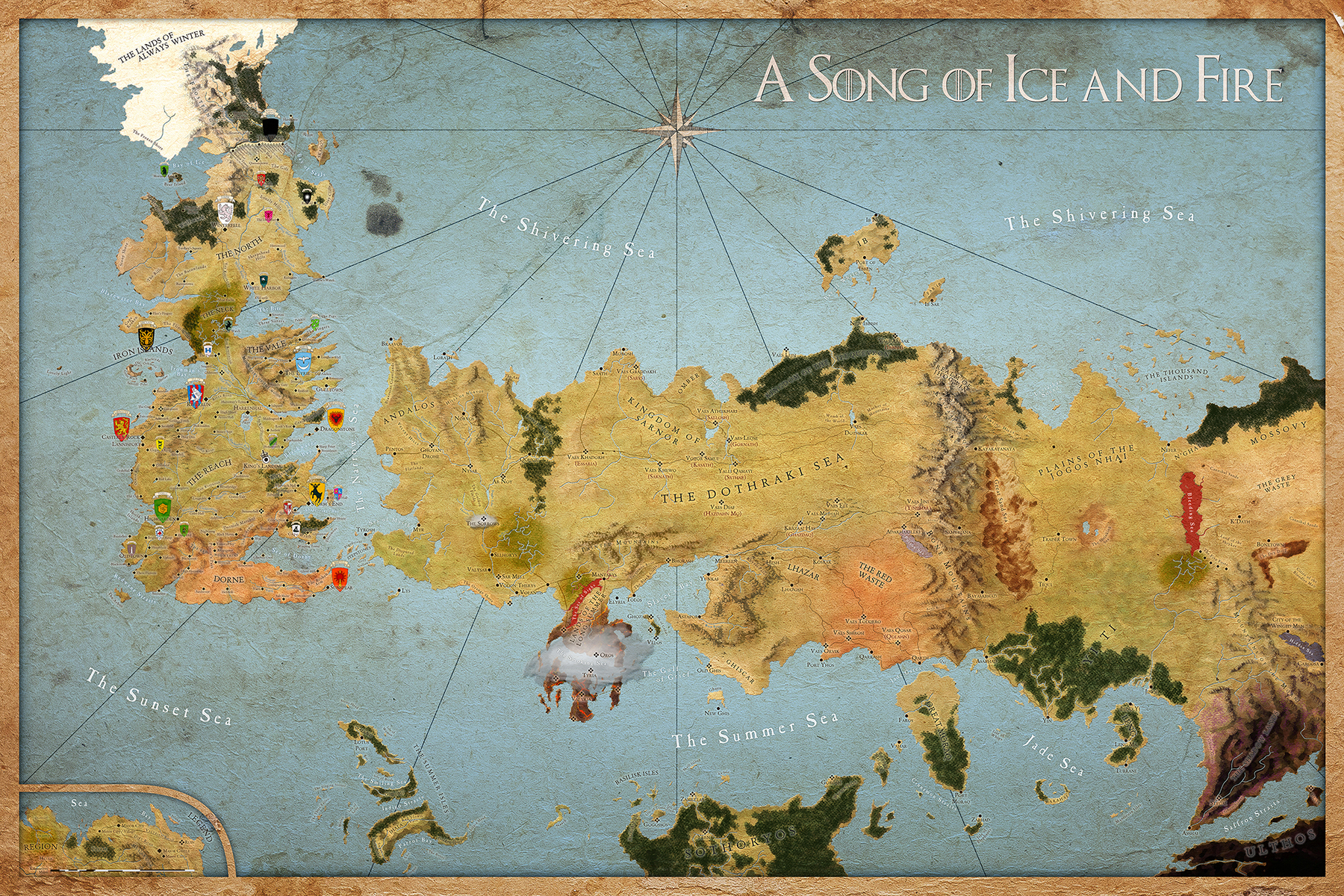
The universe created by George R. R. Martin for his A Song of Ice and Fire series shares many similarities with European history, but contains plenty of imaginative fantasy elements as well. In addition to the clashes between several families, all vying for control fo the world, there are also supernatural threats, dragons and seasons that can last years.
15. The Wheel Of Time Universe by Robert Jordan

The Wheel of Time series features another universe that draws inspiration from European, as well as Asian mythology, but combines these elements with an intricate magic system and rich history of its own. The series includes a cast of almost 2000 characters and features a world where the inhabitants live in fear that evil will break free of its prison causing a hero to be reborn to vanquish it. The previous time this occurred humanity was almost destroyed.
16. The Earthsea Universe by Ursula K. Le Guin
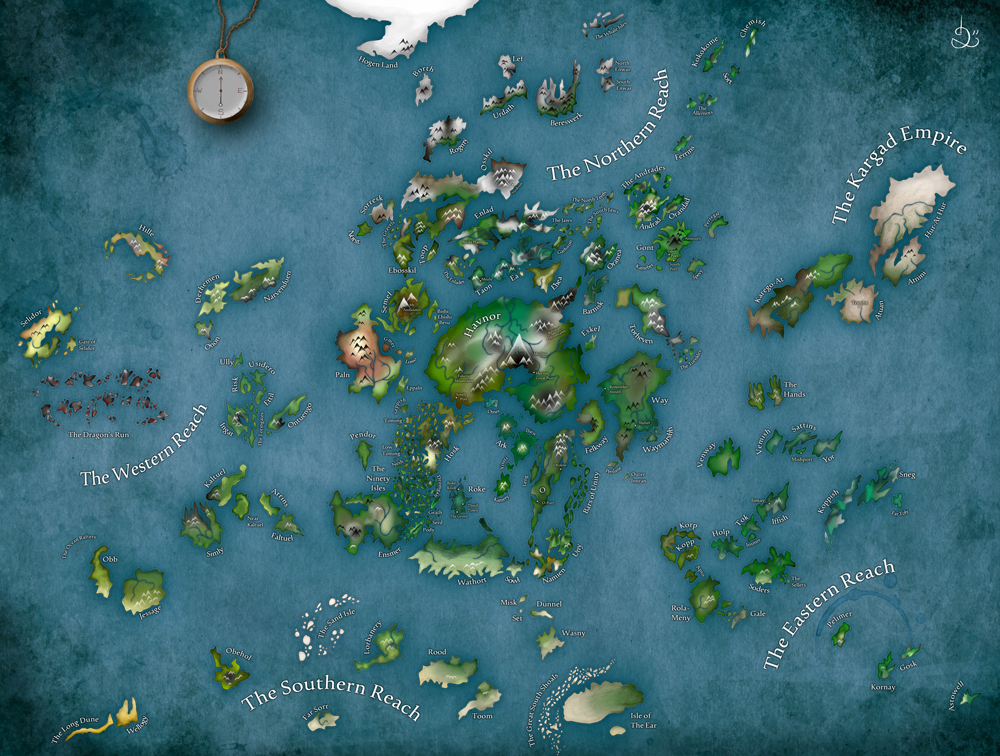
In defiance of fantasy settings that resemble the Middle Ages, author Ursual K. Le Guin created the Earthsea universe where inhabitants are red-brown instead of caucasian and there are no large continents. Instead the world has one vast sea and hundreds of islands. In this universe magic is part of everyday life and dragons are to be feared.
17. The Dark Tower Universe by Stephen King
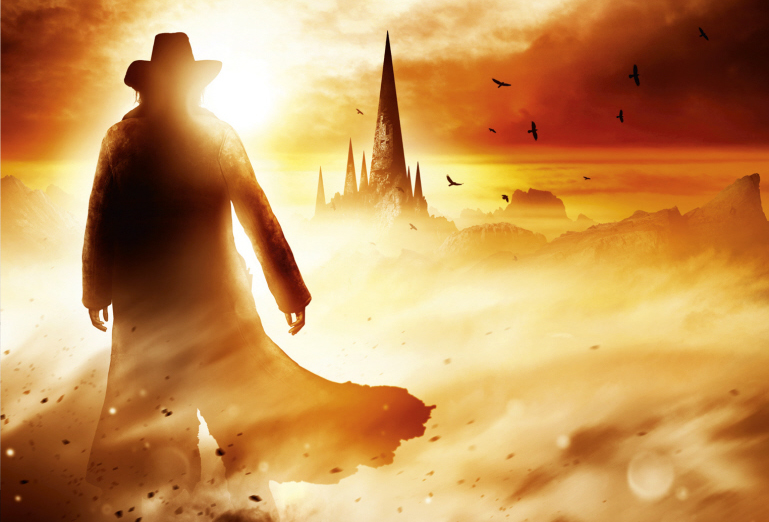
Not many books combine the American Old West and magic, but the universe created by Stephen King for his Dark Tower series contains elements of both along with dark fantasy, horror and other genres. The incredible thing about this universe is that it is not only the setting for the eight books in the Dark Tower series, but also has major connections to most of his other books as well.
18. The Hunger Games Universe by Suzanne Collins
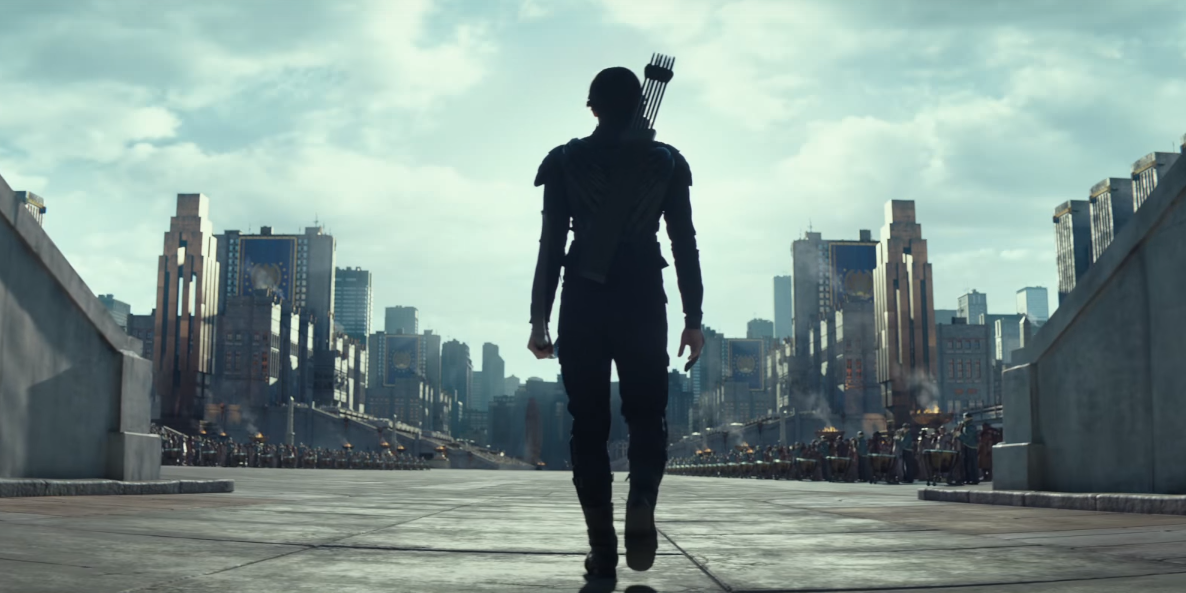
In the grim universe created by Suzanne Collins for her Hunger Games books the
nation of Panem is divided into twelve districts. Citizens are ruled by a totalitarian government that govern from the The Capitol. Not only are the districts forced to serve The Capitol by producing goods, but most also take part in yearly Hunger Games. During these games tributes from each district engage in a gladiatorial style battle to the death for the amusement of citizens from The Capitol.
19. The Pern Universe by Anne McCaffrey
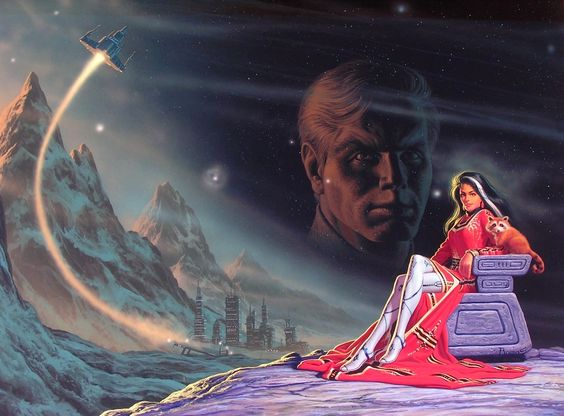
For her Dragonriders of Pern series author Anne McCaffrey chose the same universe as our own, but created a fictional planet. In her books the planet is colonized by humans from Earth who, after a war with an alien race, opted to take a 15 year one-way journey to Pern with the aim of creating an agrarian society. Using genetic manipulation the inhabitants of Pern turned the small indigenous fire-lizards of the planet into full-sized dragons with flame-breathign and telepathic abilities.
20. The Riverworld Universe by Philip Jose Farmer
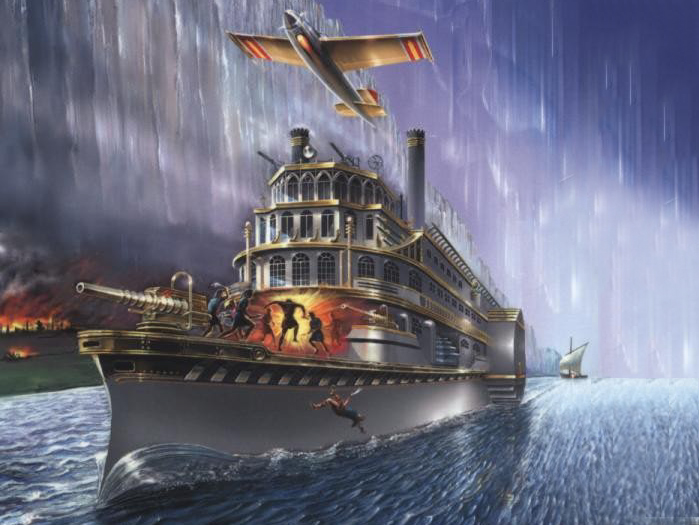
In the five novels of his Riverworld series Author Philip Jose Farmer describes an Earthli ke planet that consists entirely of a single long river-valley. Unusually the world has no seasons the only animal life is fish and soil worms. It is along this river that humans from all time periods are simultaneously resurrected. Those resurrected her do not age more than 25 years, are free from any ailments they had in life and can even regenerate non-fatal injuries. The secrets of this mysterious universe is slowly revealed over the course of the series and features many startling revelations.

